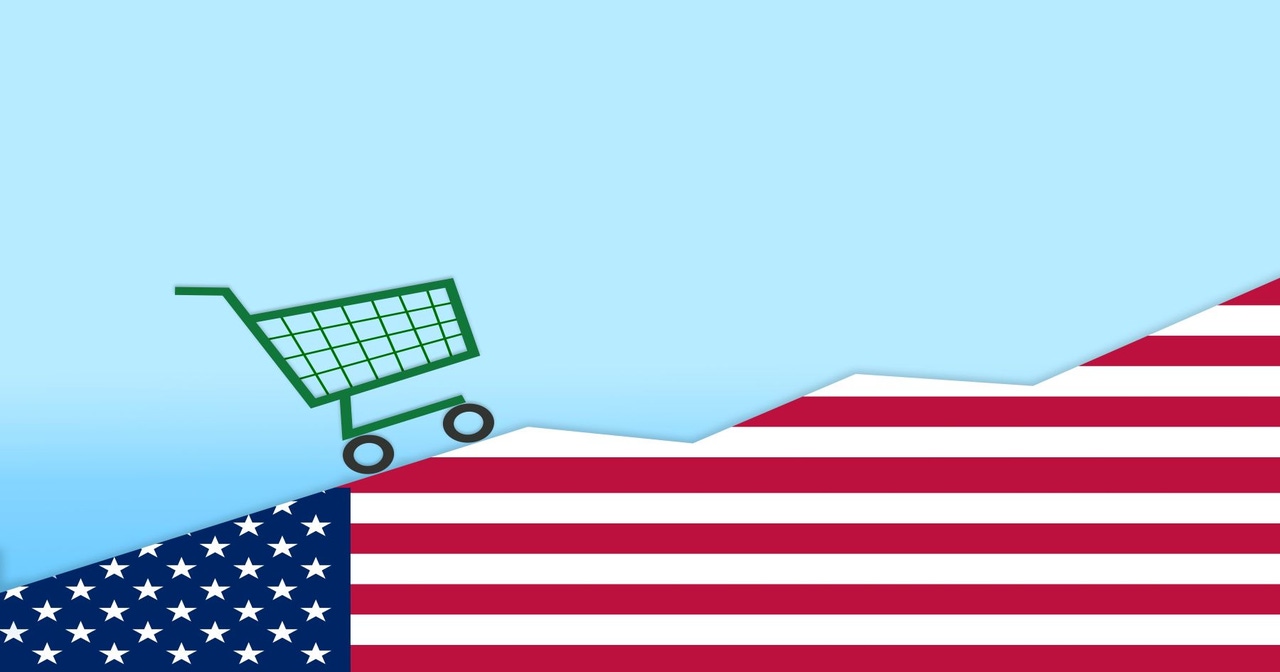Data shows varied food inflation across 30K zip codes
Connecticut and Louisiana had the highest rate of grocery price inflation, according to data company Datasembly’s year-end update.
January 23, 2023

Connecticut and Louisiana had the highest rates of grocery price inflation in the country last year , according to data company Datasembly’s 2022 Grocery Price Index Year-End Update.
The firm collected data from more than 150,000 stores and more than 200 retail banners spanning over 30,000 zip codes across the U.S., and revealed state- and metro-level inflation data, as well as a Grocery Price Index with product data by category.
“Using Datasembly’s comprehensive data, it’s evident that there wasn’t a state, metro area or category that wasn’t impacted by inflation in 2022,” said a Datasembly spokesperson.
But the states with the highest rates of grocery price inflation were: Connecticut and Louisiana at 19.5%; Idaho at 19.3%; Iowa at 19.2%; and Mississippi at 19.0%. The states with the lowest rates of grocery price inflation were: North Carolina and Maryland at 14.6% and 14.5%, respectively; and Maine and Pennsylvania at 15.4% and 15.1%, respectively.
The data also measured inflation by major metropolitan, urban and rural levels. The major metropolitan areas with the highest rate of grocery price inflation were Hartford/New Haven and New Orleans/Mobile at 19.4% and Des Moines at 19.2%. The major metropolitan areas with the lowest rate of grocery price inflation in 2022 were Washington D.C. at 14.1%, Raleigh Durham at 14.6% and Charlotte at 14.8%.
Datasembly’s Grocery Price Index noted the major differences in categories such as bakery, frozen foods and snacks/cookies/chips between large central metro areas and noncore rural areas.
According to Datasembly, the largest difference was in the bakery category. The increase in this category in large central metro areas was 20.1% vs. 21.8% in noncore rural areas—a difference of 1.7%. In frozen foods, there was a 22% increase in large central metro areas, but in noncore rural areas, the increase was 20.7%—a difference of 1.3%. Finally, in the snacks/cookies/chips category, there was an increase of 17.4% in large central metro areas, and an 18.6% increase in noncore rural areas—a difference of 1.2%.
In addition, recent data from Instacart showed “eggflation” across the nation. Iowa has the largest egg inflation rate at 153% year over year, and Washington has the lowest egg inflation rate at 15% year over year. The top five states spending the most on a dozen eggs is Hawaii��—$9.73 average, followed by Florida—$6.36 average, Alabama—$6.12 average, Nevada—$6.07 average and California—$6.05 average. The top five states spending the least on a dozen eggs is Missouri—$4.24 average, Nebraska—$4.25 average, Indiana—$4.33 average, Ohio—$4.39 average and Kansas—$4.41 average, the data revealed.
Datasembly will continue to monitor and provide summaries of price changes across major grocery categories and geographies as they occur, said the company. A new version of Datasembly’s Grocery Price Index is expected to launch in the coming months, according to the company, and will include enhancements such as a larger set of categories.
Instacart partners with more than 1,000 national, regional and local retail banners to deliver from more than 75,000 stores across more than 13,000 cities in the U.S., including all 50 states and Canada.
About the Author
You May Also Like




